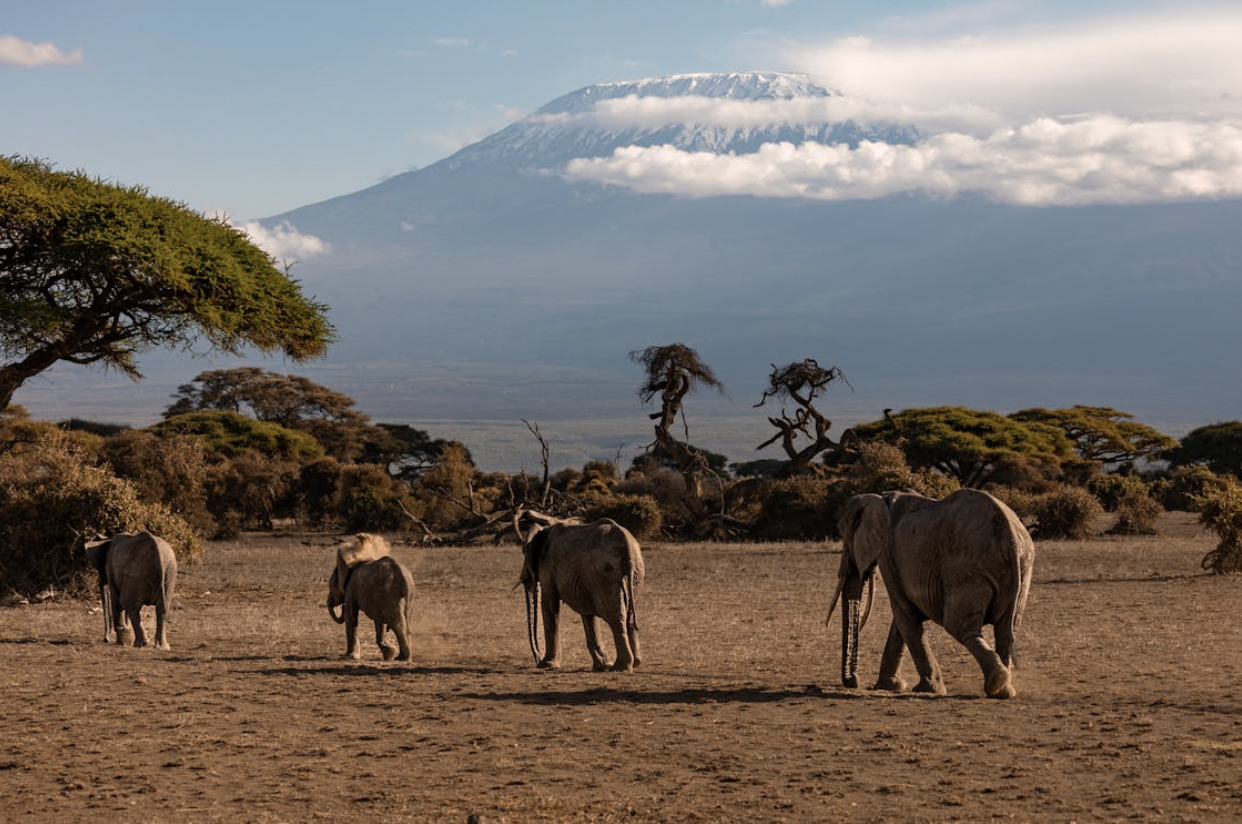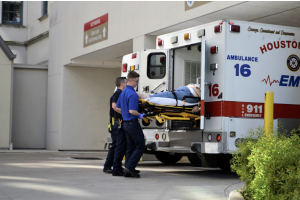How to Prepare for an Unforgettable Kilimanjaro Adventure

Climbing Mount Kilimanjaro is a dream for many adventurers and outdoor enthusiasts. The majestic beauty of Africa's highest peak draws thousands of climbers each year, all eager to experience its stunning landscapes and unique ecological zones. A successful ascent requires thorough preparation for personal fitness and for logistical planning. This article delves into important steps to ensure that your Kilimanjaro expedition is both safe and memorable.
Understanding the Routes and Their Challenges
Mount Kilimanjaro has several established routes, each offering different challenges and experiences. The popular Machame and Lemosho routes provide picturesque views and varied terrain, making them ideal for those seeking adventure and stunning scenery. In contrast, the Marangu route, often termed the "Coca-Cola route," is known for its huts and relative ease, but it might not offer the best acclimatization experience.
Understanding the physical demands and weather conditions of each route is important in selecting the best fit for your skill level and preferences. Equip yourself with knowledge about altitude sickness, which can affect climbers significantly. Many climbers choose to undertake their journey over eight days, allowing for better acclimatization than shorter itineraries. Researching each option thoroughly will help ensure that your expedition is well-customized to your abilities and goals.
Physical Training and Preparation
The trek to the summit of Kilimanjaro is strenuous, with climbers facing challenges such as rocky trails and high altitudes. Physical fitness plays a critical role in increasing your chances of reaching the summit successfully. Start your training several months in advance, focusing on building cardiovascular endurance and muscular strength. Activities such as hiking, jogging, cycling, and strength training will aid this preparation.
Ensure that your regimen includes long hikes, ideally on related terrain, to get accustomed to prolonged physical exertion. Responding to altitude is another aspect to consider, as breathing and oxygen levels will differ at higher elevations. Train at altitude or use altitude simulation methods to prepare your body.
Packing Essentials for the Climb
A successful Kilimanjaro ascent relies heavily on having the right gear and supplies. Start with a sturdy pair of hiking boots, ensuring they are well-fitted and broken in before the hike. Clothing should be layered, comprising moisture-wicking base layers, insulating mid-layers, and waterproof outer layers. Don't forget crucial accessories such as gloves, hats, and sunglasses to protect against sun and cold exposure.
Utilizing a quality sleeping bag rated for sub-zero temperatures is important for a comfortable rest after long trekking days. Hydration systems are equally important, and consider carrying a hydration bladder for easy access. Ensure you have enough snacks with high energy content to fuel your body during the trek. Investing in high-quality gear will significantly enhance your experience, making it more manageable and enjoyable.
Selecting the Right Guide and Team
Choosing a reputable guide service is paramount for your Kilimanjaro experience. A knowledgeable team will assist in navigating the trails and provide invaluable guidance on safety and acclimatization practices. Research various companies by checking their reviews and certifications. Services like Life Happens Outdoors can be particularly helpful in ensuring you select a high-quality team suited for your needs. Engaging an experienced guide can enhance your understanding of the flora and fauna surrounding the mountain, enriching your experience.
Open communication with your team about your expectations and any concerns is important in cultivating a positive environment. Safety should be a priority, so don't hesitate to ask questions about their procedures and training. A well-prepared team will allow you to focus on the adventure and personal achievement of embarking on such a monumental climb.
Health and Safety Considerations
Your health and safety should always come first during your Kilimanjaro climb. Ensure that you visit a healthcare provider before your trip to discuss any pre-existing conditions and your fitness level. Consider obtaining vaccinations and medications for altitude sickness or malaria, where necessary. Staying hydrated is crucial, as summit attempts often fail due to dehydration rather than lack of physical ability.
Monitor your body’s response to altitude closely, and don’t hesitate to descend if symptoms become concerning. Carrying a well-stocked first-aid kit with you is advisable, equipped to treat common ailments that may arise during your journey. Include items like pain relievers, bandages, and blister treatments.
Emotional Preparation and Mindset
Your mental preparedness is just as important as physical training. Embrace a positive attitude and visualize your success throughout the climb, as psychological resilience can greatly influence the outcome. Engage in mindfulness practices, such as meditation or journaling, to foster a healthy mindset leading up to the adventure. Prepare for the unexpected, as conditions on the mountain can change rapidly, and adapting to these changes is important.
Positive reinforcement, whether through personal affirmations or through support from fellow climbers, will boost your spirits when challenges arise. Surrounding yourself with motivated individuals can foster a constructive environment during the climb. The mental techniques you employ will resonate through your entire experience, reinforcing your determination to reach the summit.
Preparing for a Kilimanjaro adventure is a multi-faceted process that combines physical, logistical, and emotional elements. Each step taken toward your climb ensures a memorable experience that transcends the physical challenge. By prioritizing health, selecting the right assistance, and building a positive mindset, you'll set the stage for what promises to be an unforgettable journey to the roof of Africa.






